Absolutely, delving into the details of how a decentralized system like Akash Network would interact with a decentralized storage solution combining SiaCoin and IPFS reveals intriguing possibilities, particularly in terms of data retrieval, indexing, and sequencing. This system would essentially be running those operations on Akash, leveraging its decentralized compute resources. Here's a detailed breakdown of how these components could interact effectively:
1. Data Storage on SiaCoin and IPFS
SiaCoin and IPFS Integration:
- IPFS provides a distributed network for storing and accessing files, directories, and other data in a peer-to-peer fashion.
- SiaCoin offers a blockchain-based marketplace for decentralized storage, emphasizing privacy and security. Data stored via SiaCoin is encrypted, split into many pieces, and distributed across multiple hosts.
By combining IPFS's efficient content-addressing system with SiaCoin's secure storage contracts, you could create a robust decentralized version of services like Pinata, which traditionally rely on IPFS for pinning content persistently.
2. Akash Network for Computation
Overview:
- Akash Network serves as a decentralized marketplace for cloud computing resources, where users can deploy various applications using container technology. This includes everything from web services to complex data processing tasks.
3. Integrating Akash with Decentralized Storage
Data Retrieval:
- When an application running on Akash needs to access data stored via the SiaCoin-IPFS system, it would initiate a query to IPFS using the content identifiers (CIDs). IPFS would handle the location and retrieval of data, potentially fetching it from the decentralized storage maintained by SiaCoin hosts.
Indexing and Sequencing:
- Indexing: To efficiently manage and query the data, indexing services could be run on Akash. These services would maintain a database or a special index of data stored on IPFS and SiaCoin, such as metadata or specific attributes to facilitate faster searches and retrievals.
- Sequencing: For applications that require transaction sequencing or ordered operations (such as updates to a dataset or processing user actions), Akash could also host sequencing services. These services would ensure that all operations are logged and processed in a definite order, crucial for consistency across decentralized applications.
4. Running Indexing and Sequencing on Akash
Deployment on Akash:
- Containers running on Akash could be configured to execute the indexing and sequencing tasks. These containers would interact with the decentralized storage to fetch data as needed and process it according to the application's logic.
- These operations would likely use standard software stacks for data processing, adapted to the decentralized environment. For instance, using distributed databases or custom-built indexing services designed to work over decentralized networks.
Resource Management:
- Akash's platform would manage the computational resources, scaling up or down based on demand from the indexing and sequencing tasks. This scalability is crucial for handling varying loads efficiently, such as spikes in user activity or large-scale data processing jobs.
5. Security and Data Integrity
- Data Security: Ensure that data fetched from IPFS and stored via SiaCoin remains secure, implementing necessary encryption and access controls. This may involve using secure communication channels and encrypted storage even within Akash-hosted applications.
- Operational Integrity: The sequencing and indexing operations must be robust against network failures, malicious attacks, or inconsistencies. This might involve redundancy strategies, frequent data validation, and consensus mechanisms where necessary, especially for operations that alter the state or configuration of stored data.
Conclusion
In essence, by deploying indexing and sequencing operations on Akash and integrating them with a decentralized storage solution like SiaCoin and IPFS, you can create a highly resilient, scalable, and secure infrastructure. This setup allows decentralized applications to operate with a level of efficiency and functionality comparable to centralized services while maintaining the benefits of decentralization. This model not only reduces reliance on centralized cloud providers but also enhances privacy and user control over data.
The Akash Network leverages a decentralized approach to handle computing loads typically managed by a centralized server. This involves spreading the workload across numerous containers that run on a variety of machines provided by different hosts worldwide. Here's a detailed explanation of how Akash orchestrates this distributed architecture:
1. Containerized Applications
Basics of Containerization:
- Containers provide a lightweight, efficient method of packaging an application along with its environment (libraries, dependencies, etc.). Each container runs isolated from others but shares the host system's kernel.
- Portability and Isolation: Because containers encapsulate everything needed to run an application, they are highly portable and can be deployed across any system without compatibility issues. This isolation also ensures that applications do not interfere with each other.
2. Decentralized Hosting on Akash
Deployment:
- Providers on Akash: Individuals and companies who have available computing resources can become providers on the Akash Network. They offer their machines' computational resources in a competitive marketplace where they are compensated for their services.
- Resource Bidding and Allocation: When an application needs to be deployed, its requirements are listed in the marketplace, and providers bid to host these containers. The bidding mechanism ensures competitive pricing and efficient allocation of resources.
Load Distribution:
- Multiple Containers and Hosts: To manage a load equivalent to a traditional server, an application may be split into several smaller services, each running within its own container. These containers can be distributed across multiple machines and providers, depending on the resource requirements and availability.
- Load Balancing: Akash can implement load balancing techniques to distribute requests across these containers, ensuring that no single container or host becomes a bottleneck. This might involve DNS round-robin, hardware load balancers, or software-defined networking solutions.
3. Coordination Among Containers
Communication:
- Networking: Containers communicate with each other over the network, using either public internet protocols or private networks set up by providers. This is crucial for services that are split into microservices, where each part of the application might be running in different containers possibly hosted on different machines.
- Service Discovery: To facilitate the dynamic nature of container locations and IPs, service discovery tools are used. These tools help containers find each other and communicate effectively, regardless of their physical or network location.
Data Consistency:
- Distributed Databases: For applications that require shared data access, distributed databases or data stores can be used. These are designed to handle data consistency across different nodes and containers, often employing consensus algorithms to ensure data integrity.
- State Management: Managing state across distributed applications can be challenging, especially with stateful applications. Solutions like persistent storage, stateful sets (in Kubernetes), or specific architectures designed to handle state synchronization are used.
4. Fault Tolerance and Scalability
Redundancy:
- High Availability: By spreading containers across multiple hosts and potentially geographic locations, Akash enhances the fault tolerance of applications. If one host fails, others can take over, ensuring the application remains available.
- Scalability: Containers can be easily scaled up (adding more containers) or out (enhancing the capabilities of existing containers) depending on the demand. Akash's marketplace model allows for flexible resource allocation as application demands change.
5. Security Considerations
Challenges:
- Network Security: Ensuring secure communications between containers, especially across public networks, is critical. This involves using encrypted communication channels, VPNs, or other security protocols.
- Isolation Security: Although containers are isolated, they share the host's kernel, so vulnerabilities at the host level can potentially affect containers. Proper security measures, regular updates, and patches are necessary.
Conclusion
Akash Network's approach to handling server loads involves a complex orchestration of containerized applications distributed across multiple decentralized providers. This setup offers flexibility, scalability, and fault tolerance but also introduces challenges in coordination, security, and consistency management. Through effective use of modern cloud-native technologies and decentralized networks, Akash aims to provide a robust alternative to traditional centralized cloud services.
[link] [comments]

You can get bonuses upto $100 FREE BONUS when you:
💰 Install these recommended apps:
💲 SocialGood - 100% Crypto Back on Everyday Shopping
💲 xPortal - The DeFi For The Next Billion
💲 CryptoTab Browser - Lightweight, fast, and ready to mine!
💰 Register on these recommended exchanges:
🟡 Binance🟡 Bitfinex🟡 Bitmart🟡 Bittrex🟡 Bitget
🟡 CoinEx🟡 Crypto.com🟡 Gate.io🟡 Huobi🟡 Kucoin.





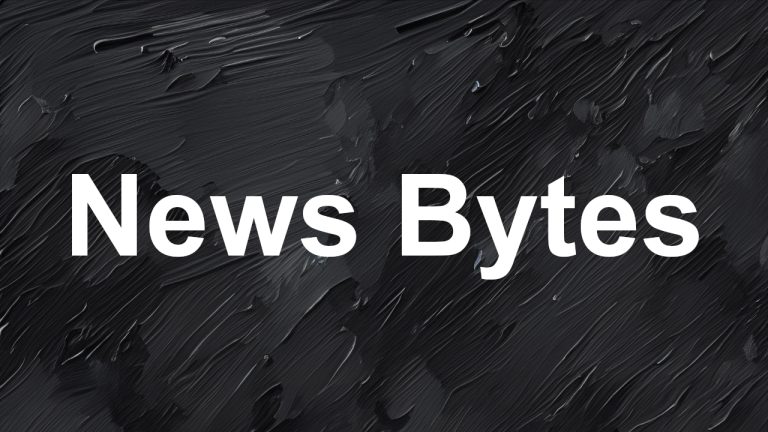


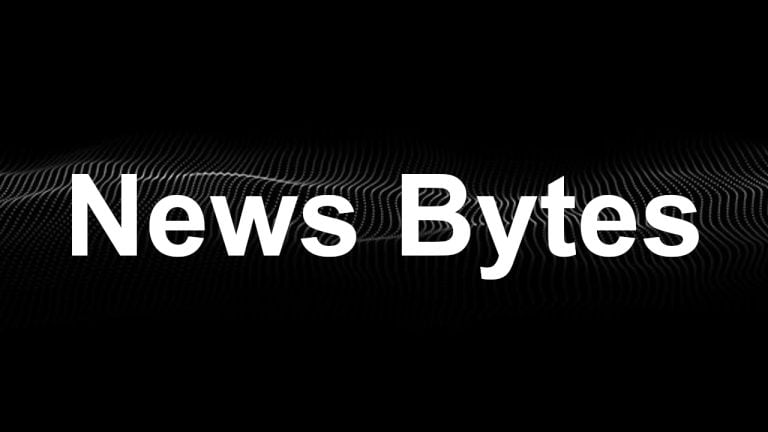
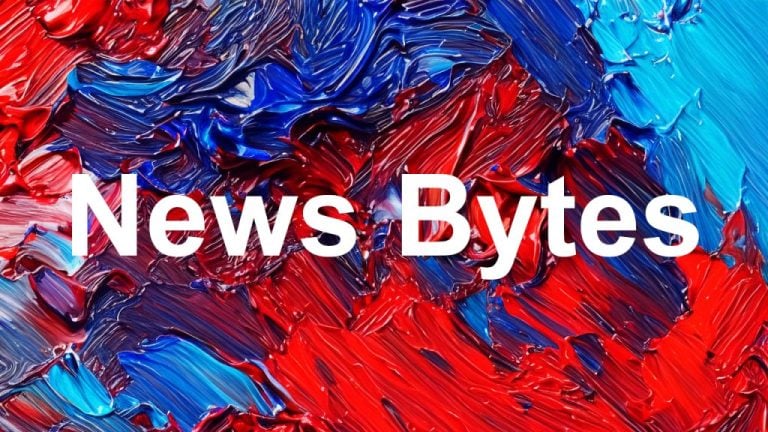
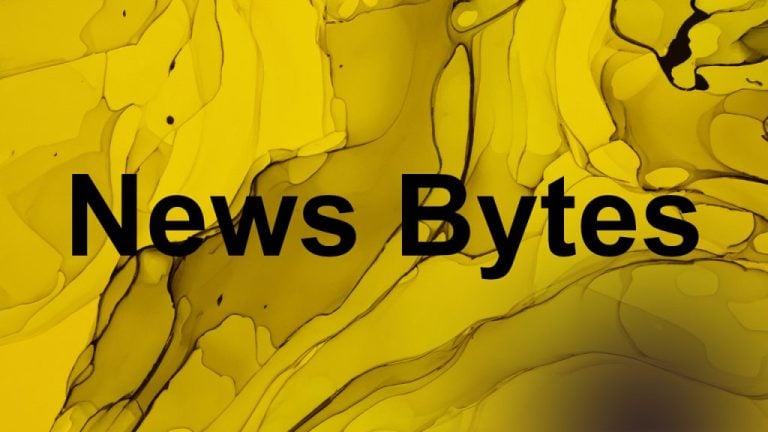
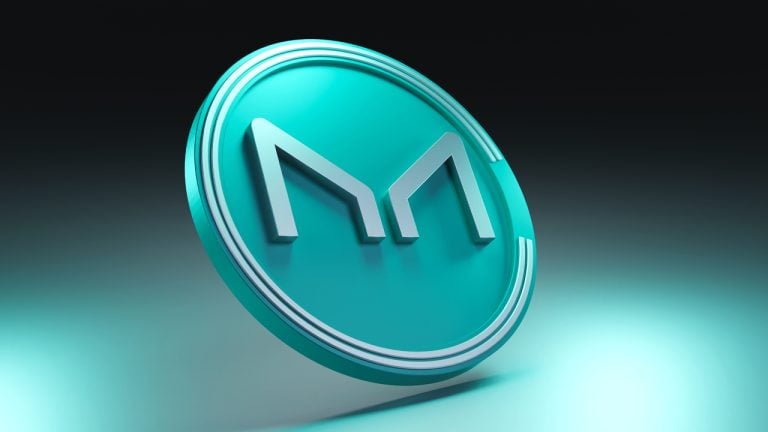
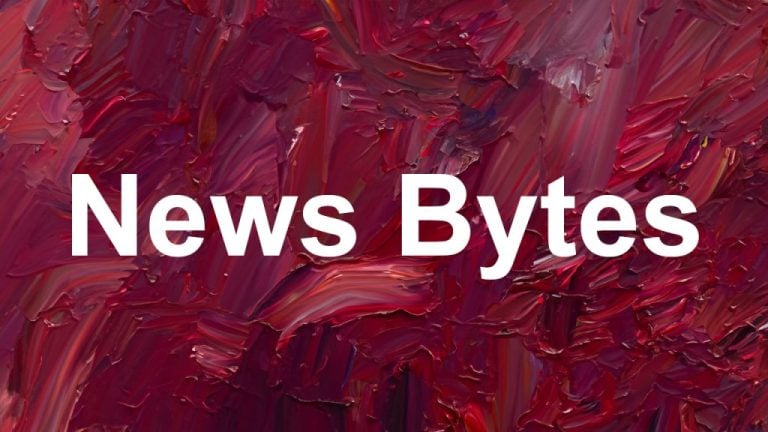
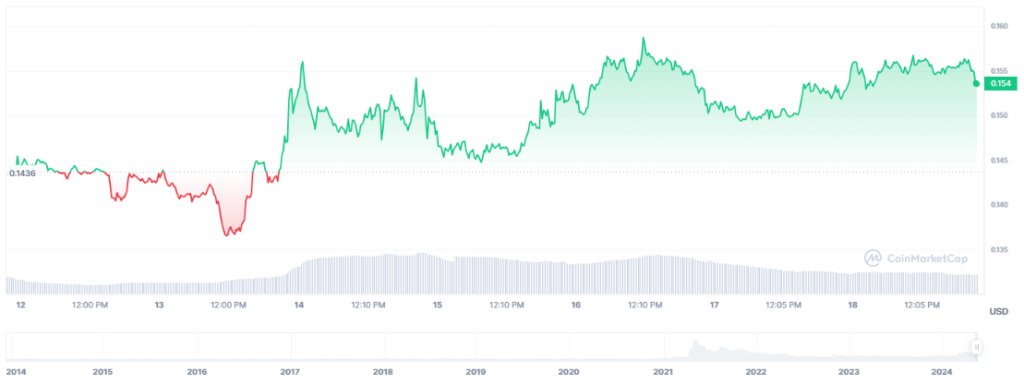


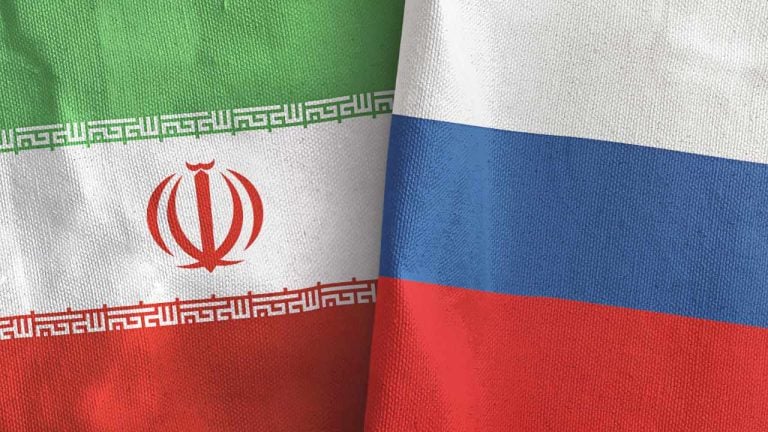


Comments